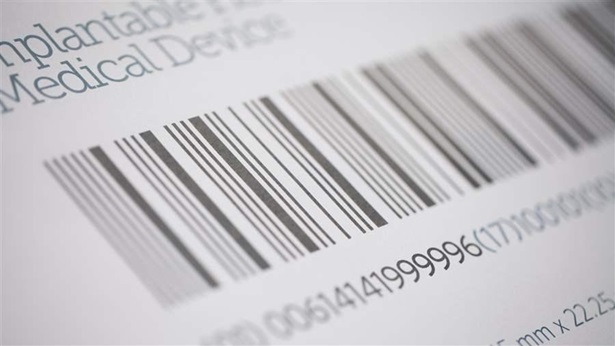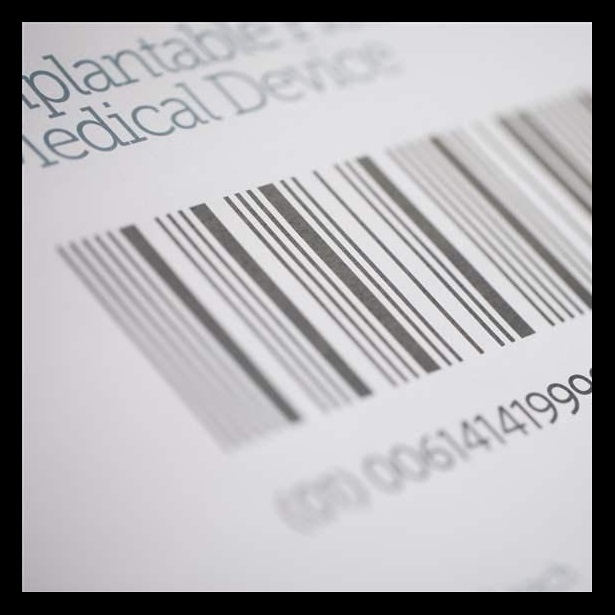Report Identifies Medical Device Failures, Recommends Completing New Surveillance System
The U.S. Senate’s health committee minority staff released a report this week revealing that at least 250 people contracted potentially deadly infections from faulty duodenoscopes—almost double the number previously reported. These findings, and the recommendations contained in the report, underline a need for better data on the safety of medical devices.
These scopes, which are used on hundreds of thousands of patients a year, join a recent string of high-profile device failures. Recognizing the current inability to track device safety, the Food and Drug Administration has developed a unique device identifier (UDI) system that allows for identification and tracking of medical devices. Integrating these codes into patient records and medical insurance claims data would create a national system capable of detecting problems sooner.
Dr. Robert Califf, the nominee to lead FDA, has also testified before Congress on implementing the agency’s device safety plans, which he said would have caught the duodenoscope hazard “very early.” If UDI data were available in claims, FDA could expand its active surveillance system, dubbed Sentinel, to monitor devices in addition to drugs, allowing near real-time detection of safety problems.
Democrats and Republicans have pledged to work together to address this issue, and a bipartisan group of representatives recently called on the White House to incorporate UDI codes into Medicare data.
The top recommendation in the report is for Congress to require insurance claims forms to include UDI data. Delay could compromise the safety of millions of Americans, as hundreds of patients who were exposed to infections from duodenoscopes know all too well.













